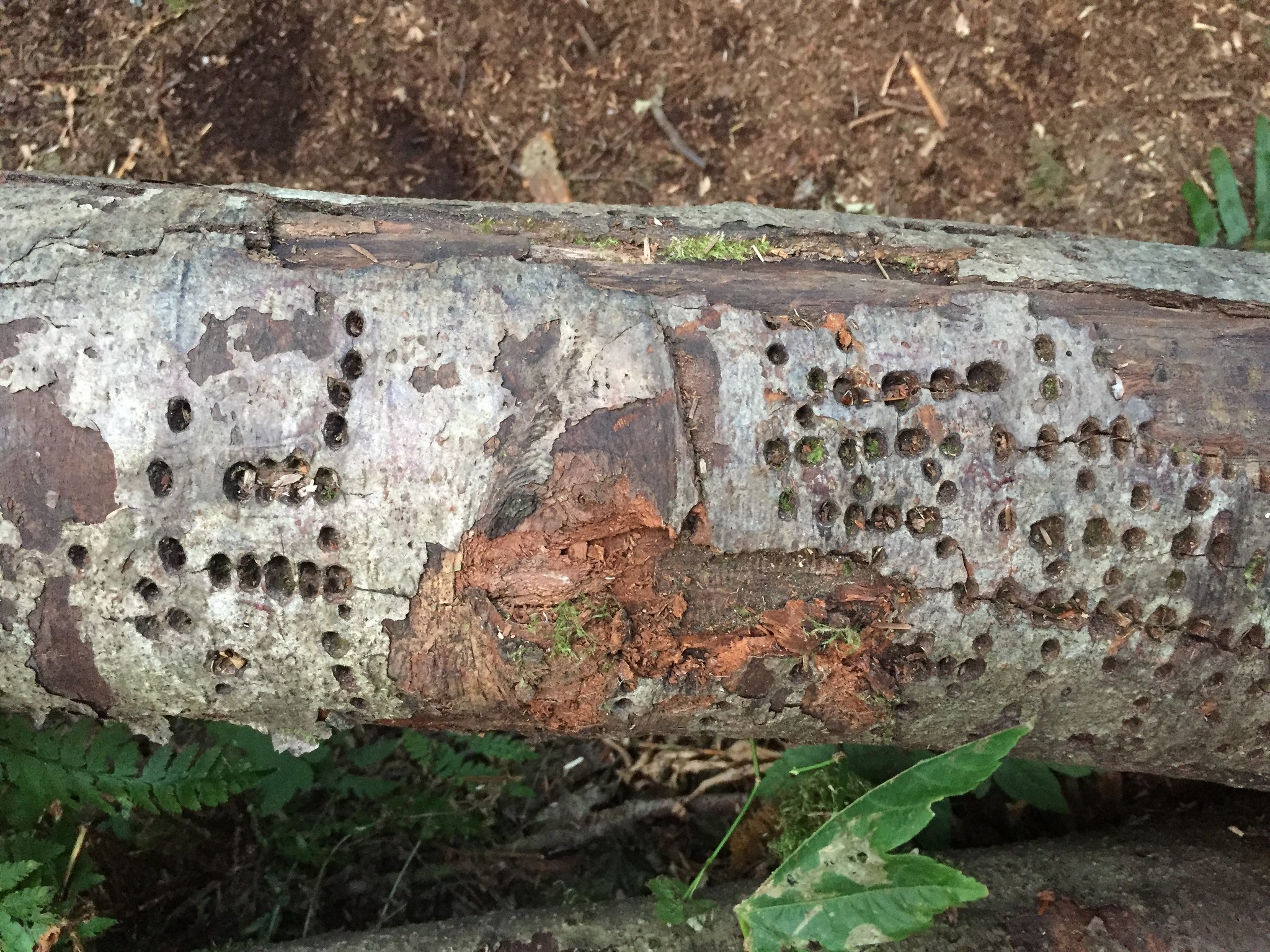Anatomy of a Tree

Trees are infinitely inspiring to me. It is not for nothing that trees are used as a metaphor for humans. There are many lessons to learn from the trees and their way of being.
First their leaves, reaching out for the light and photosynthesizing it into energy. For instance - these feathery spruce needles smell divine and I can never go for any forest stroll or hike without rubbing a bit between my fingers and sneaking it into my water bottle. They add a citrusy-forest aroma to the water, and also contain vitamins C.
Like the tree, we reach up and for the light, and aspire to become more than just our flesh and blood. Incorporating light into our life brings an energy that is not possible to obtain by other means of nourishment.
Leaves not only absorb but also filter the light in so many ways, creating Komorebi patterns on the environment beneath them. This is perhaps also a way to protect the areas that cannot handle too much light from blinding the darkest areas. Gentle or dim light is valuable for allowing other life forms to exists, allowing also our shadow parts to develop and express themselves.

Tree branches spread their arms as if in prayer or dance, and act as a host for many birds, squirrels, other critters and on their own are like a forest for various lichens, mosses and even ferns! Some of these life forms give nourishment back to the tree, that the tree cannot absorb form the light or the soil on its own.
Our hands are capable not only of creating, but also of nourishing and allowing or enabling others to create and be productive. Our hands not only give but also receive.

This tree trunk was marked by a woodpecker, who searched for bugs within the bark, and while at it writing a whole novel in Braile letters! Different types of woodpeckers leave a different pattern. Can you read what it says?

Redcedar bark is thick, strong and flexible, withstands decay for decades. Strips of inner redcedar bark is used by First Nations of the West Coast to craft many useful artifacts - from ropes and fishing nets to baskets and even garments. Woven into ponchos and hats, they would protect the person wearing them for getting soaked wet. And they also smell wonderfully dry, woody and, well, cedary!

The bark is protective and strong, but when damaged - it oozes healing sap, like this (resin-) weeping spruce. The sap is not only healing for the tree itself - protecting it form dehydration, fungal infections and further decay. It also has healing properties for humans. Spruce pitch is used in various herbal medicine preparations, for example, in a salve to relive chest colds, muscle pains, sprains, and more.

Our tears too are healing. And our wounds, although make us appear damaged, also allow us to open up and give more of ourselves and express our love to the world around us.

Really old dude... Smiling tree stump.
Even though it was chopped up by ignorant loggers almost a hundred years ago, it keeps smiling. I don't know how one does that, but I sure hope to learn that skill before I turn 100 years old.

Intertwined roots that seem to have a life of their own, reaching for symbiotic embrace. People can live all their life wondering and exploring, but there is always the deep desire underneath to go back to one's roots. This is not a metaphor, but an essential soul need: the desire to connect to and nourish from the deepest part of our psyche. The one that grounds us, protects us from swaying to far from our truth, and also the part that draws nourishment from the depths of the earth. Our roots, like the tree's, connect us to our ancestors and also to the earth (from which we come and to which we shall return).
Labels: Forest, Forest Meditation, Golden Ears, Inspiration, Pacific Northwest, Tree, Wood



0 Comments:
Post a Comment
<< Home